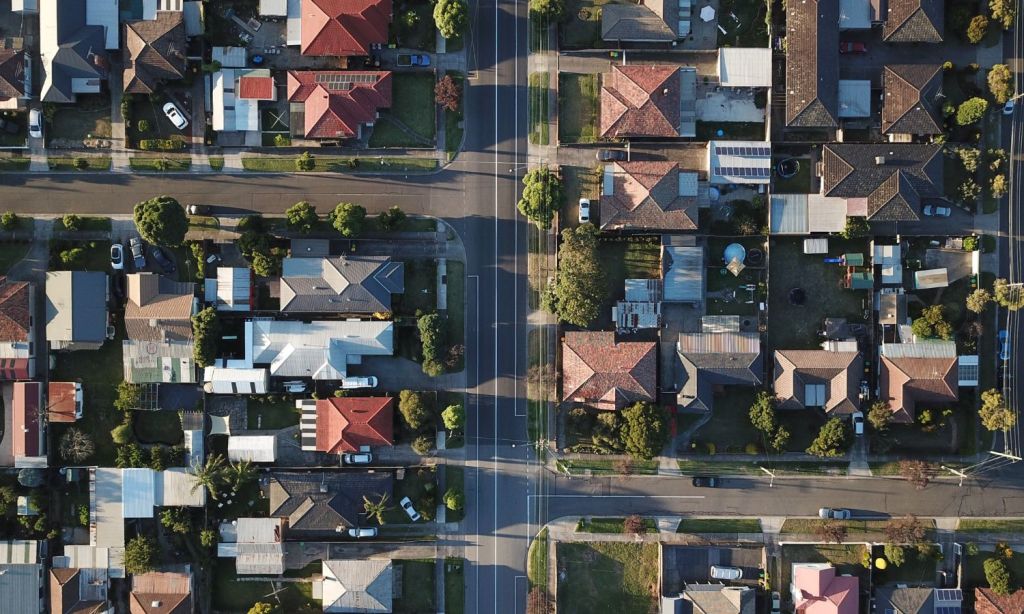When it comes to investing in property, it’s important to take the emotions out of your purchase. Instead, you should let data lead you to the markets that will create equity and growth for you, explains Buyer’s Agent and Co-Director of The Investors Agency, Darren Venter.
“The Australian market over the past two years has been heavily impacted by COVID,” he says. “We saw an influx of people moving from the CBD to regional and coastal areas, driving up the house prices. Recently there has been a shift back to CBDs and we’re seeing some regional markets begin to drop in demand.”
According to Commonwealth Bank, figures from the past June 2022 quarter suggest that regional people have resumed their migration back to the capital cities, with net migration to regional areas of Australia dropping 35% since March this year.
Venter says that at the moment, he isn’t purchasing any properties for clients in NSW or Victoria, as in these states, debt levels are at record highs and rental yields are at record lows.
Related: These Are Australia’s 10 Highest-Paying Jobs, According to ATO Data
Related: When Is the Right Time to Move on From a Role?
“While migration is starting to ramp up, the majority of those migrating here will be tenants for the first few years, which will put upward pressure on rentals, but not as much pressure on house prices,” he says.
Venter suggests that instead of investors looking to buy in NSW or VIC, they should instead turn to WA, SA and QLD. “Markets that have a diverse economy, major government projects, consistent population growth and land scarcity, generally point to a strong economic uplift potential and increase in housing demand,” he says.
Ahead are specific areas within each of those states he suggests looking into. Note that his advice as a buyer’s agent is of a general nature only, and that it’s geared towards investment properties, rather than properties to live in.
South Australia
“At the moment, we’re looking into very selective pockets within Salisbury, Playford and Onkaparinga,” says Venter. “All three of these regions are experiencing strong population and jobs growth.”
He says that while these regions were historically considered outer metropolitan areas, as the infrastructure around the CBD and outer metropolitan suburbs has improved, the accessibility to these regions has also improved.
“These regions are within the affordability belt, meaning the demand for housing and rentals are extremely high,” he says.
“Given the growth these markets have had in the last two years, there are some suburbs within these regions which are now predicted to decline over the next 12-24 months, however, the suburbs which have a higher owner-occupied rate and lower debt to income rate are predicted to continue increasing over the next few years.”
Venter suggests to watch out for pockets that are also in high noise areas given their proximity to the airport. He also says to look out for some pockets that haven’t been gentrified yet and do have higher unemployment rates.
Queensland
“In Queensland, some areas to look out for are specific suburbs around Rockhampton and Livingstone Shire,” he says. “These regions are experiencing large population growth and they all have diverse economies and large government backed infrastructure projects.”
Rockhampton is generating strong cashflow while experiencing significant growth, while Livingstone Shire is neutrally geared to slightly negatively geared, but still experiencing significant growth, he says.
Unlike many other regional Queensland regions further north, the insurance premiums in these regions have stayed relatively low, which ensures investors’ net cash flow positions are relatively strong, Venter says.
“For investors looking to buy in the Queensland area, be sure to look closely into the debt to income ratios of each suburb,” he says. “Over the last two years, many markets around Queensland have had price growth of 50-60%, while wages have not increased. This undoubtedly will have an impact on house price growth moving forward as interest rates continue to rise.”
Buyers also need to be aware that within each region, there are specific markets, Venter says. Some pockets have high debt to income ratios, some pockets are in flood zones, some pockets have higher crime rates.
“It’s paramount that investors do their micro research to ensure the specific pockets they are buying in will have stable rent and growth prospects,” he says.
Western Australia
“We are doing all our buying at the moment 30-45 minutes south of the CBD, across Rockingham, Kwinana and Mandurah,” he says. “Some of these areas have been projected to gain up to 70% population increase from 2021 for the following 15 years, which is more than double the nation’s standard population growth rate.”
Properties are still positively geared and have a diverse economy, he says. Venter also points out that across Australia, green energy is now a major focus and most of the projects related to it are happening in WA.
“As with all markets, investors need to do their due diligence to ensure they are buying in the suburbs and streets which have higher levels of owner occupiers, lower levels of unemployment, and lower levels of public housing,” he says.
Read more stories from The Latch and subscribe to our email newsletter.







